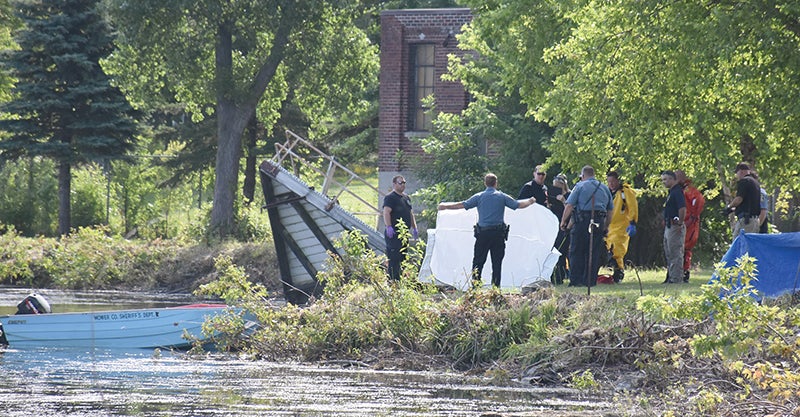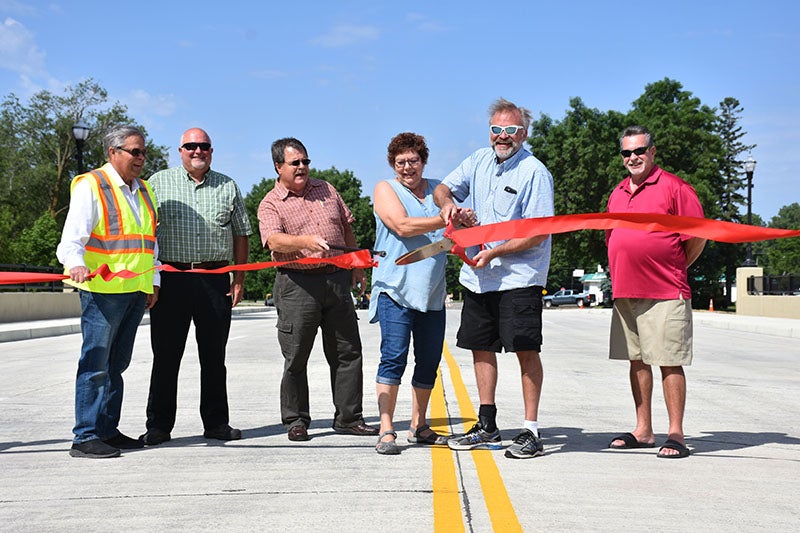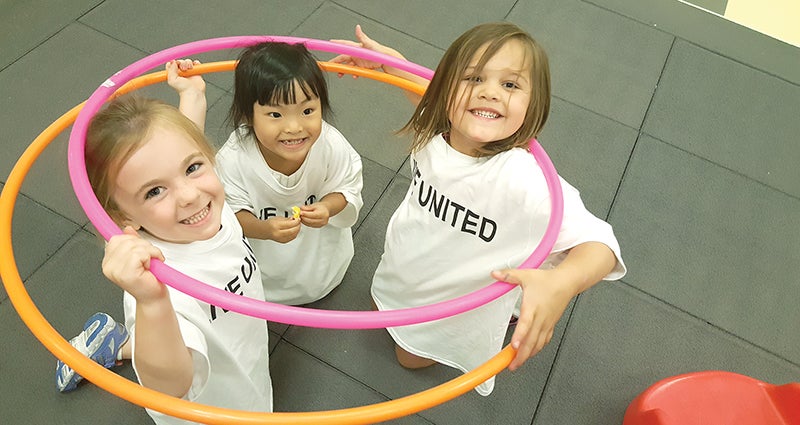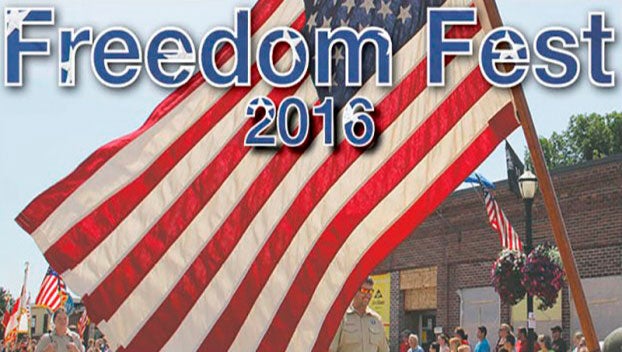Voter ID creates barriers for voters with disabilities
Published 4:48 pm Saturday, August 11, 2012
People with disabilities are one of several groups in our society that is less likely to have an ID. Ten percent of voters with disabilities do not have a photo ID, according to the League of Women Voters Minnesota.
This would mean that as many as 27,000 Minnesotans with disabilities might have to overcome barriers to vote, based on conservative estimates.
Securing an ID could impose costs on people with disabilities, even if IDs are provided for free. These costs include travel to the appropriate county or state office, which in some cases would be many miles from one’s home. Once there, people would have to present documentation to prove their identity, such as a birth certificate. Having a copy made of one’s birth certificate costs $26 in Minnesota.
People should not have to pay to ensure their basic right to vote.
Those favoring these laws argue that photo ID is required for other important activities in life, such as driving a car, cashing a check or buying liquor.
These activities are not basic rights; there are no constitutional protections for driving on our roads, using checking accounts, or purchasing alcohol. On the other hand, voting is a fundamental right, protected in law, and central to everyone’s participation in our democracy.
Recent Minnesota elections have shown that voter fraud is not a problem. In 2006, there were six alleged cases of non-citizens voting out of a total of 2,202,937 votes cast.
In 2008, there were seven people who were alleged to have impersonated other voters; this was out of 2,921,498 votes cast, and none of the seven was convicted.
In the 2008 recount for U.S. Senate, lawyers for both candidates found no instances of voter fraud. (Sources: Citizens for Election Integrity, League of Women Voters Minnesota, MinnPost.com).
The State of Minnesota has safeguards to protect the integrity of votes and our system of voting.
Before an election, voter records are updated and checked to remove those ineligible. On Election Day, vote counts are verified, and procedures are followed to ensure absentee voters don’t vote more than once.
After the election, voters’ records are marked to signify they have voted, a statewide system checks for anyone who voted more than once, and those who register to vote on Election Day are verified. (Source: Minnesota Secretary of State).
For decades, disability advocates like The Arc Minnesota have fought to bring people with disabilities out of the shadows and into our communities.
People with disabilities want to be part of our communities and want to have a say in their lives.
Voter ID laws hinder their ability to have a voice in deciding who our leaders will be, and can therefore silence their voice in decisions that affect them.
Upcoming Events
•Monday: The Down Syndrome Connection Movie Night, 6 to 8 p.m.
•Aug. 18 to 19: Special Olympics Minnesota State Softball Tournaments in Woodbury. Fans welcome
•Aug. 25: Holiday Inn in Austin, 9 a.m. to noon.





